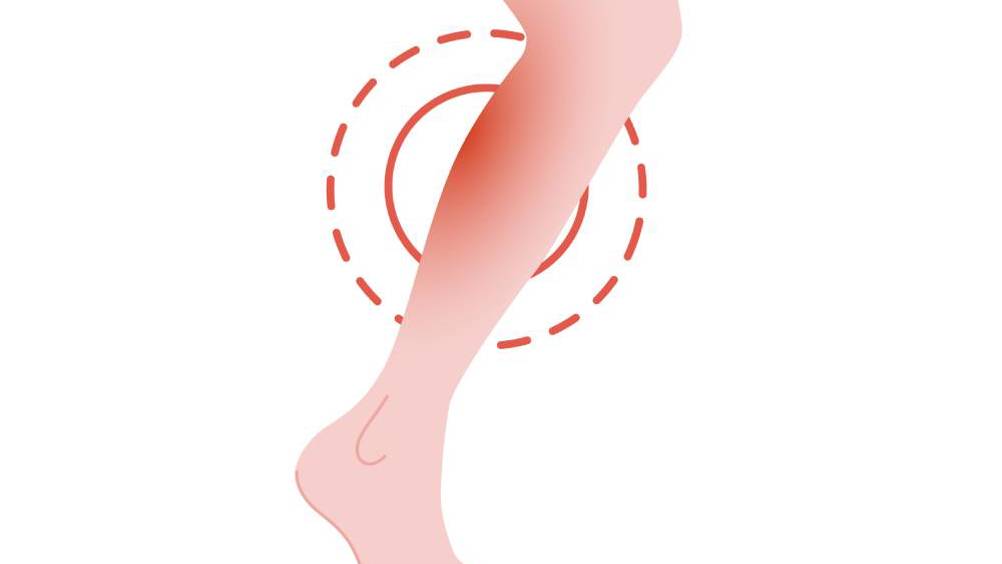References
Improving care for ‘Cinderella’ patients with non-diabetic lower limb wounds

The Legs Matter campaign is seeking to improve the care of patients with lower limb wounds. It is widely recognised that there are considerable variations in clinical practice/services which can lead to delays in diagnosis and ineffective or inappropriate treatment plans. This results in increased health service spending, plus a greater burden on clinical resources and elongated patient suffering due to extended healing times.
In 2017/2018, more than 1 million people in the UK had active lower limb ulceration, which was a 37% increase of prevalence since 2012/2013 (Guest et al, 2020). The increase in prevalence has been linked to a substantial increase in resource consumption, with patient management costs increasing by 48% from 2012/2013 to 2017/2018. There has been a call for structural changes within the NHS in order to manage this increasing demand and improve patient outcomes (Guest et al, 2020).
Register now to continue reading
Thank you for visiting British Journal of Nursing and reading some of our peer-reviewed resources for nurses. To read more, please register today. You’ll enjoy the following great benefits:
What's included
-
Limited access to clinical or professional articles
-
Unlimited access to the latest news, blogs and video content

